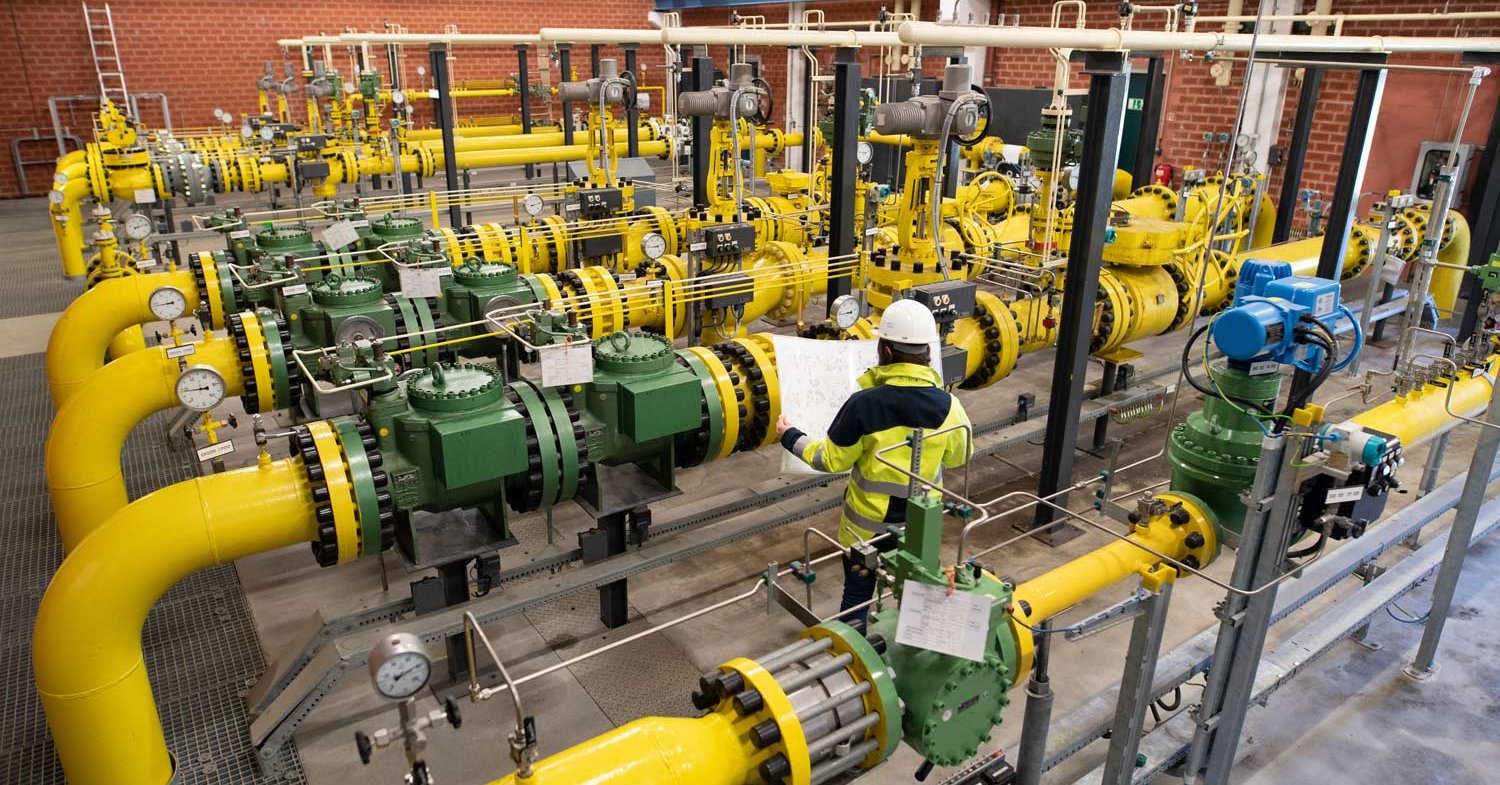Because the costs for the operation, maintenance and expansion of the infrastructure are passed on to the gas customers via the network charges. The older the network is, the higher the threat of cost increases if new investments are aimed at long-term preservation.
Agora expects stranded investments of up to ten billion euros
At the same time, the depreciation period of the existing networks is linked to the usage time, which is limited with the goal of climate neutrality in 2045. According to Agora, without forward-looking network planning and faster write-downs, there will be stranded assets of up to 10 billion euros from 2045 on which the network operators will be left sitting.
Agora Energiewende therefore proposes a realignment of the regulatory framework for gas distribution networks based on three pillars: efficient infrastructure planning, a viable framework for distribution network operators and social security for network customers. Efficient planning, which includes the timely and coordinated decommissioning of network sections, could halve the annual network costs and thus the increase in network charges.
This was shown by the extrapolations carried out for the study on the basis of representative sample networks. On the one hand, operating costs for the natural gas network were visibly reduced by switching to climate-friendly heat. And secondly, there would be fewer refinancing costs.
“Only a fraction of the demand for natural gas will be replaced by green hydrogen”
According to the Agora proposal, efficient infrastructure planning ensures that the planning for heating, electricity and gas or hydrogen networks is considered together and also takes into account the availability of renewable hydrogen. “All major energy system studies show that only a fraction of today’s natural gas requirements will be replaced by renewable hydrogen,” says Müller. On average, the studies assume that in 2045 the demand for hydrogen will be less than 30 percent of the current demand for natural gas and that it will mainly be generated in power plants and industrial plants.
The total value of the natural gas network today is a maximum of 60 billion euros, which corresponds to around 20 percent of the estimated new value. “Despite the long depreciation period of around 45 years, most of the network investments have already been refinanced, so that the residual value is manageable in relation to the new value,” says Müller. However, in 2021 a record sum of 1.1 billion euros was spent on the construction of new natural gas networks. According to Agora, binding planning could stop such undesirable developments and show which infrastructure investments are actually necessary.
A viable framework for network operators
In order to compensate for economic disadvantages, Agora proposes allowing operators to fully write off network investments by 2045 and encouraging the decommissioning of network parts that will no longer be needed in the future. Cost-intensive obligations to dismantle the grid should also be kept to a minimum based on clear criteria and instead simple shutdowns of the grid should become the norm.
In return, the network operators’ cost savings resulting from the decommissioning should be passed on to customers more quickly. In addition, there should be an obligation to maintain network operation for as long as necessary – this is not guaranteed by the current award regulations for concessions.
Allocate network costs fairly
With an orderly exit from the natural gas distribution networks, the network costs could be halved in 2040 – due to falling maintenance and operating costs – compared to an unchanged regulatory framework. Nevertheless, the network fees for the remaining customers increased due to the falling number of gas connections.
The think tank’s proposal therefore provides for social security. “In addition to an efficient regulatory framework, a state subsidy system can specifically cushion the excessive increase in network charges,” says Agora expert Müller. In principle, it should be ensured that the switch to future-proof heating solutions is affordable and at the same time can be implemented quickly. (hoe)
